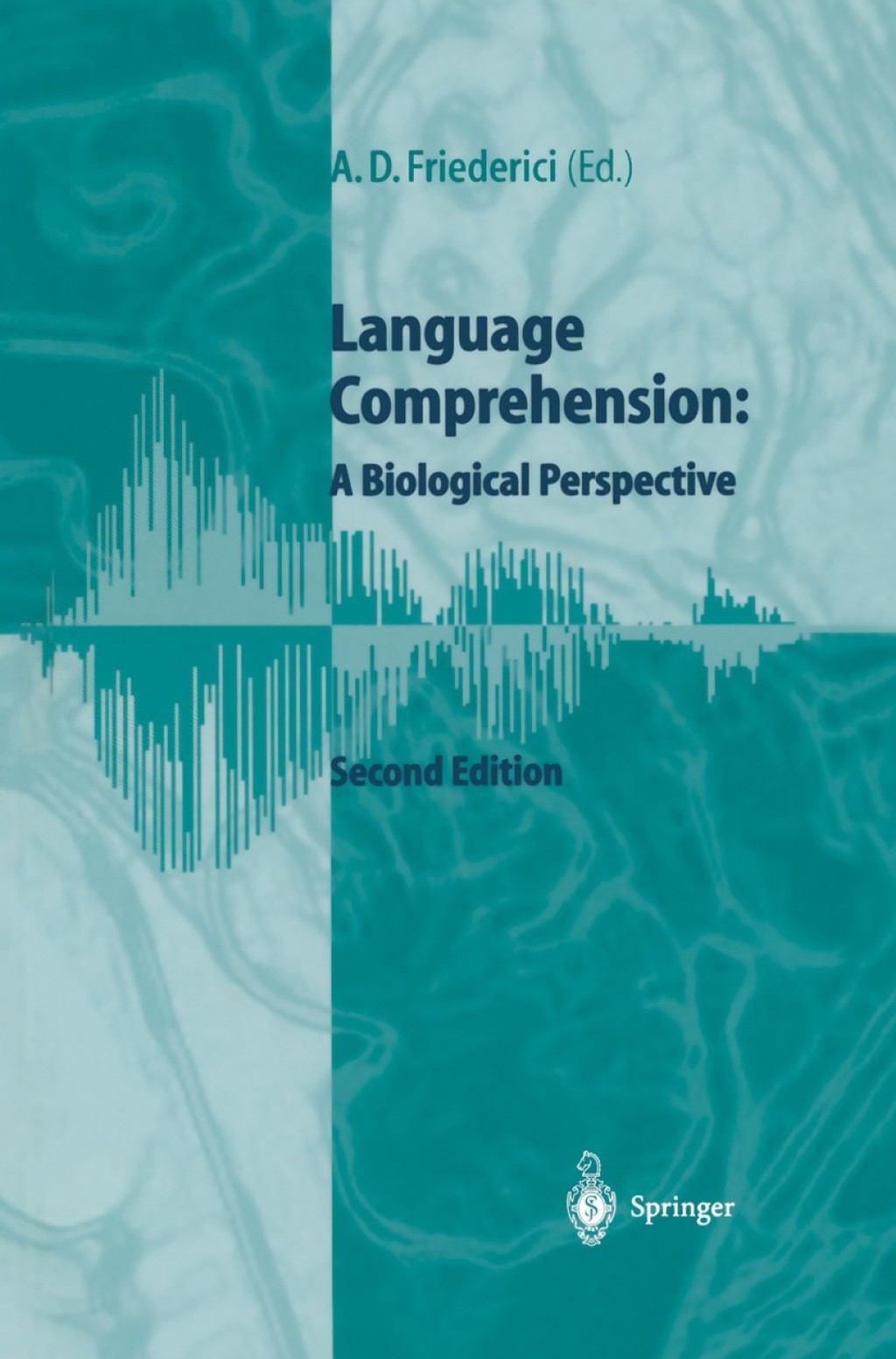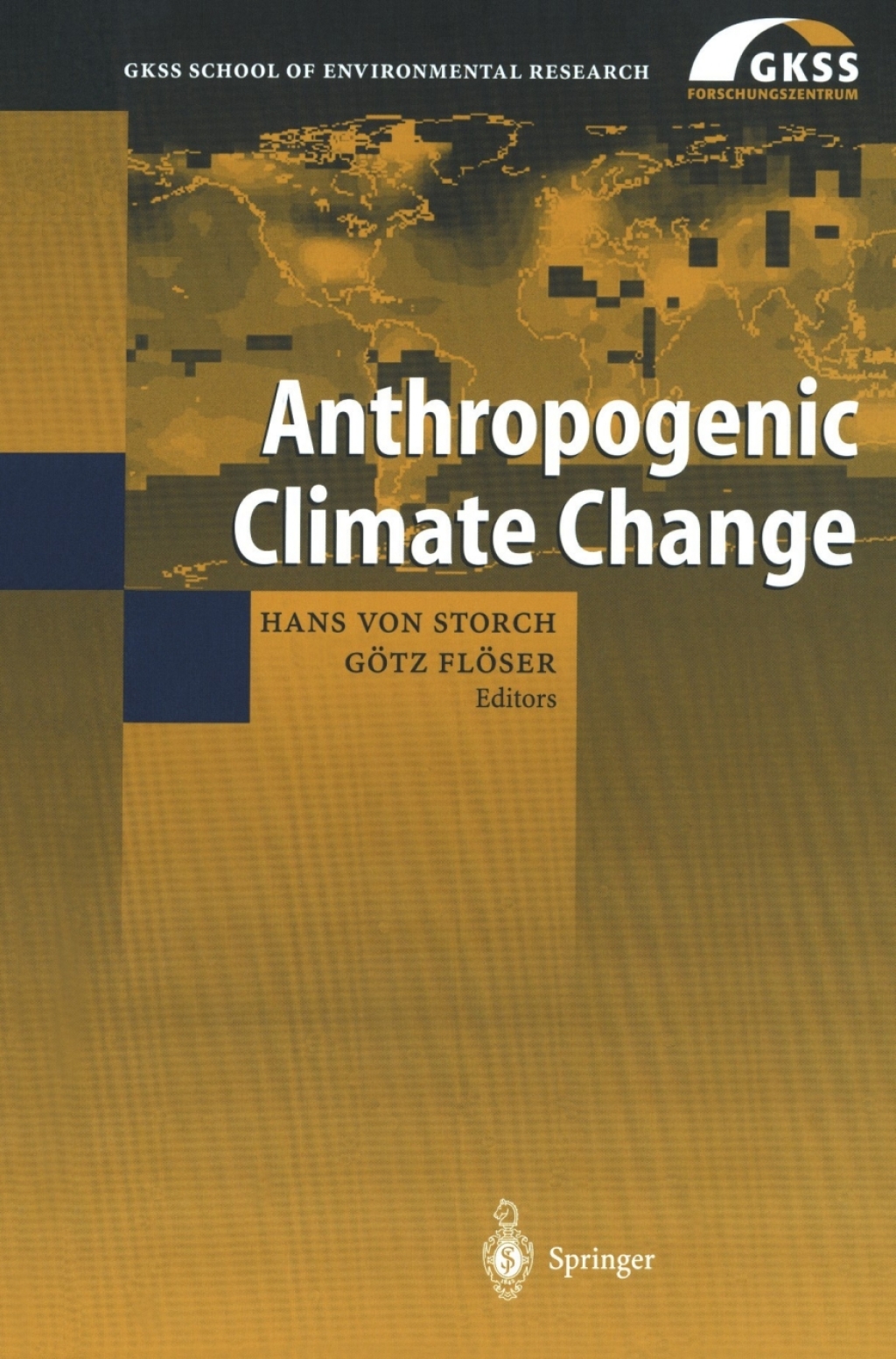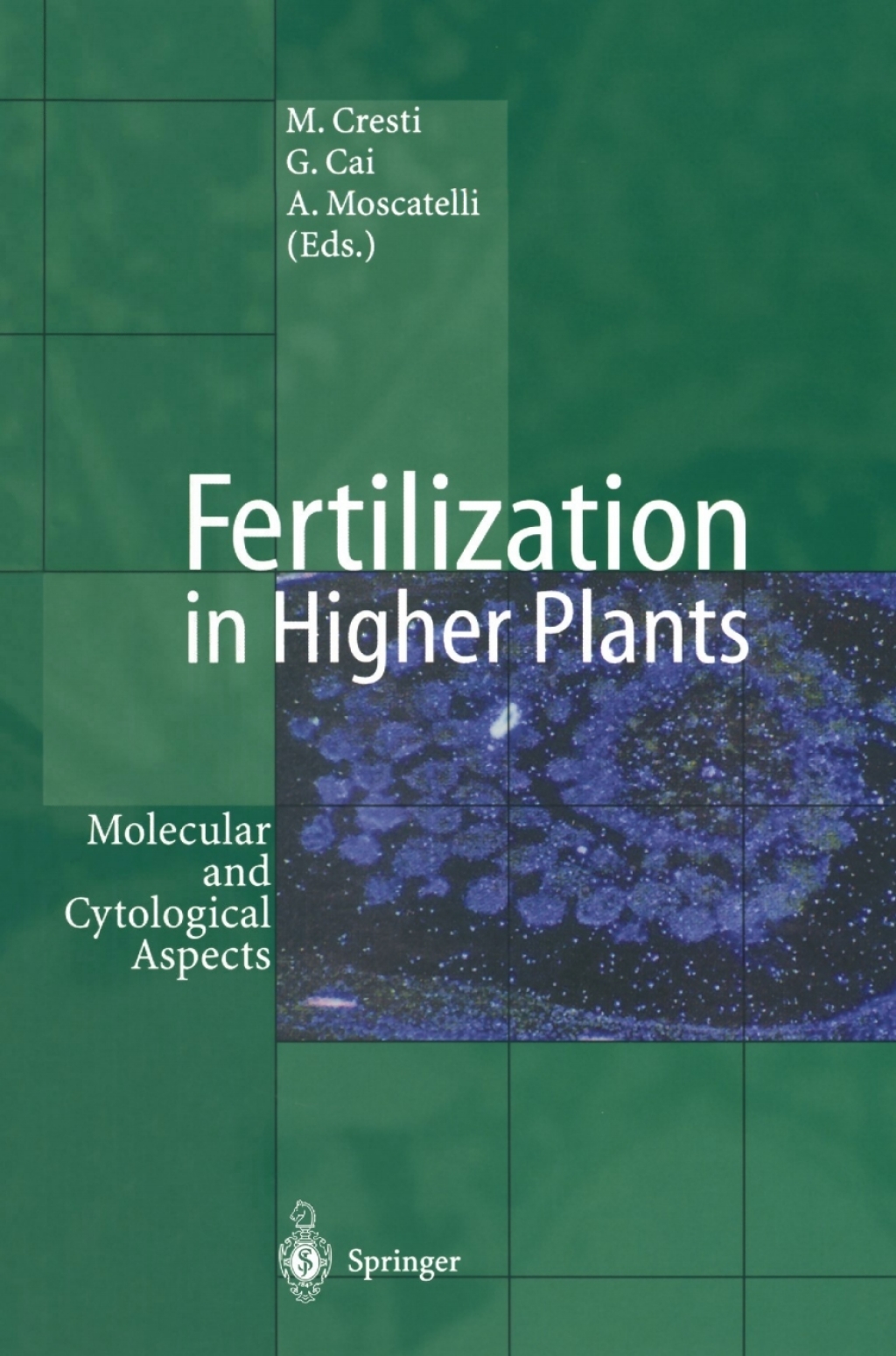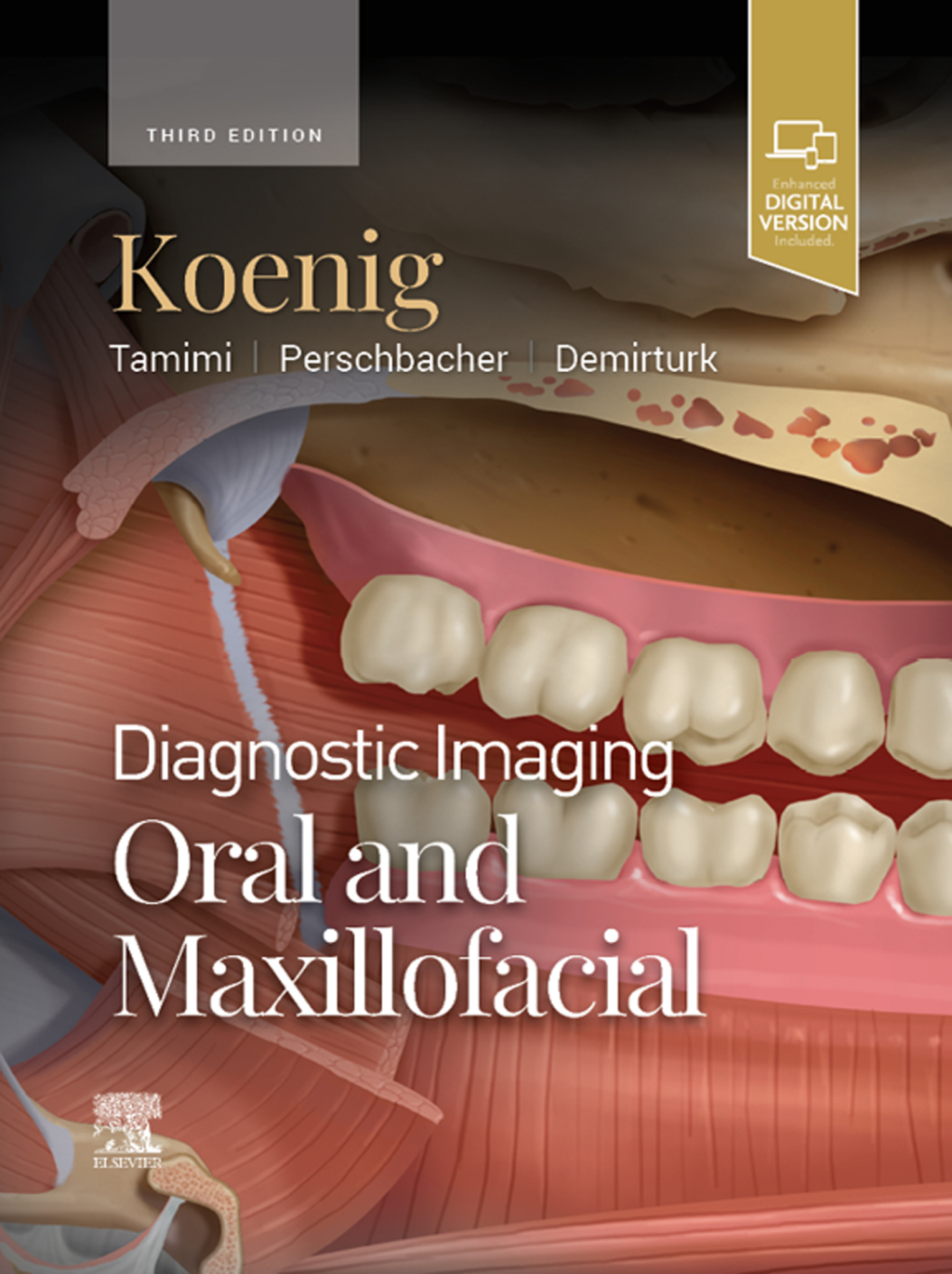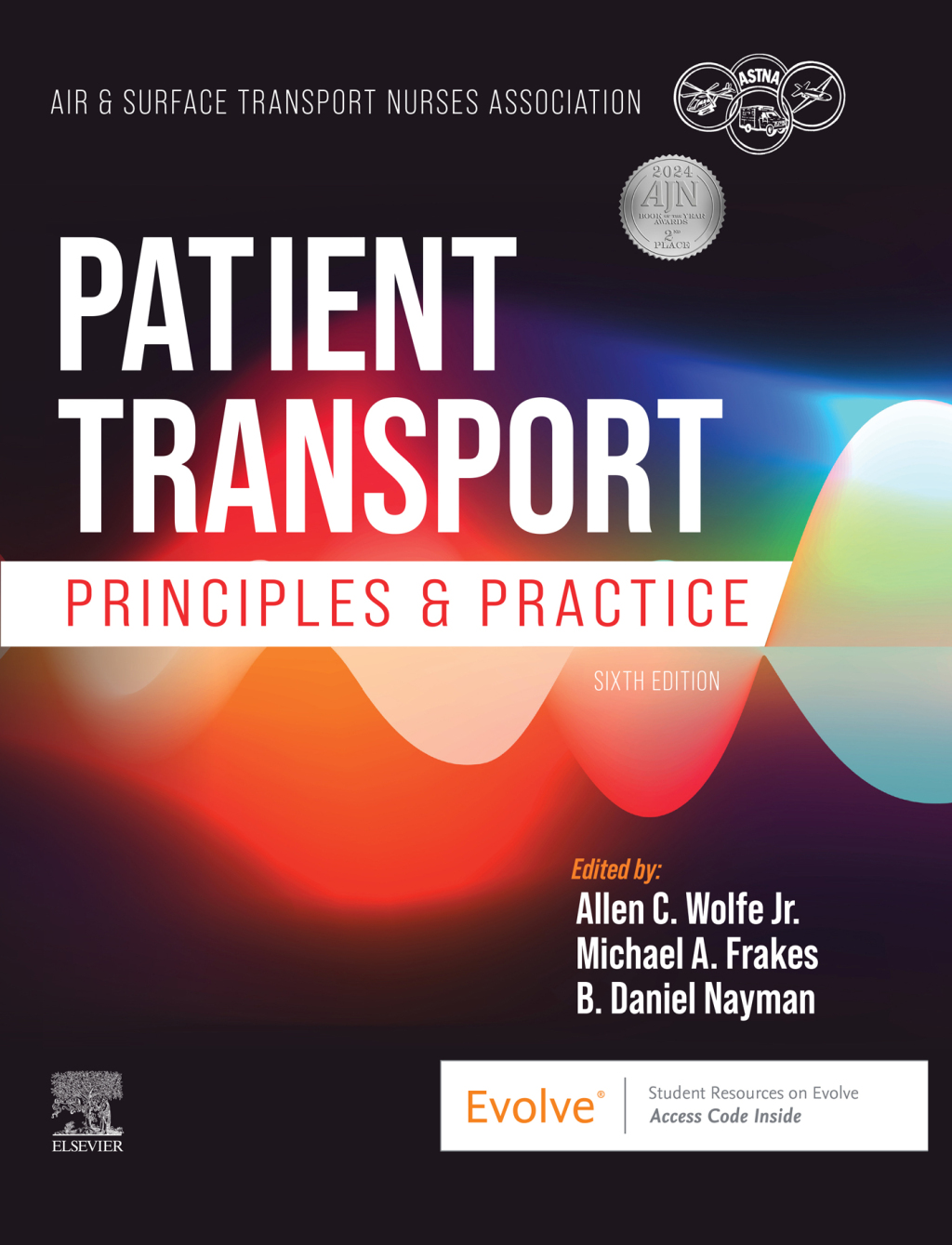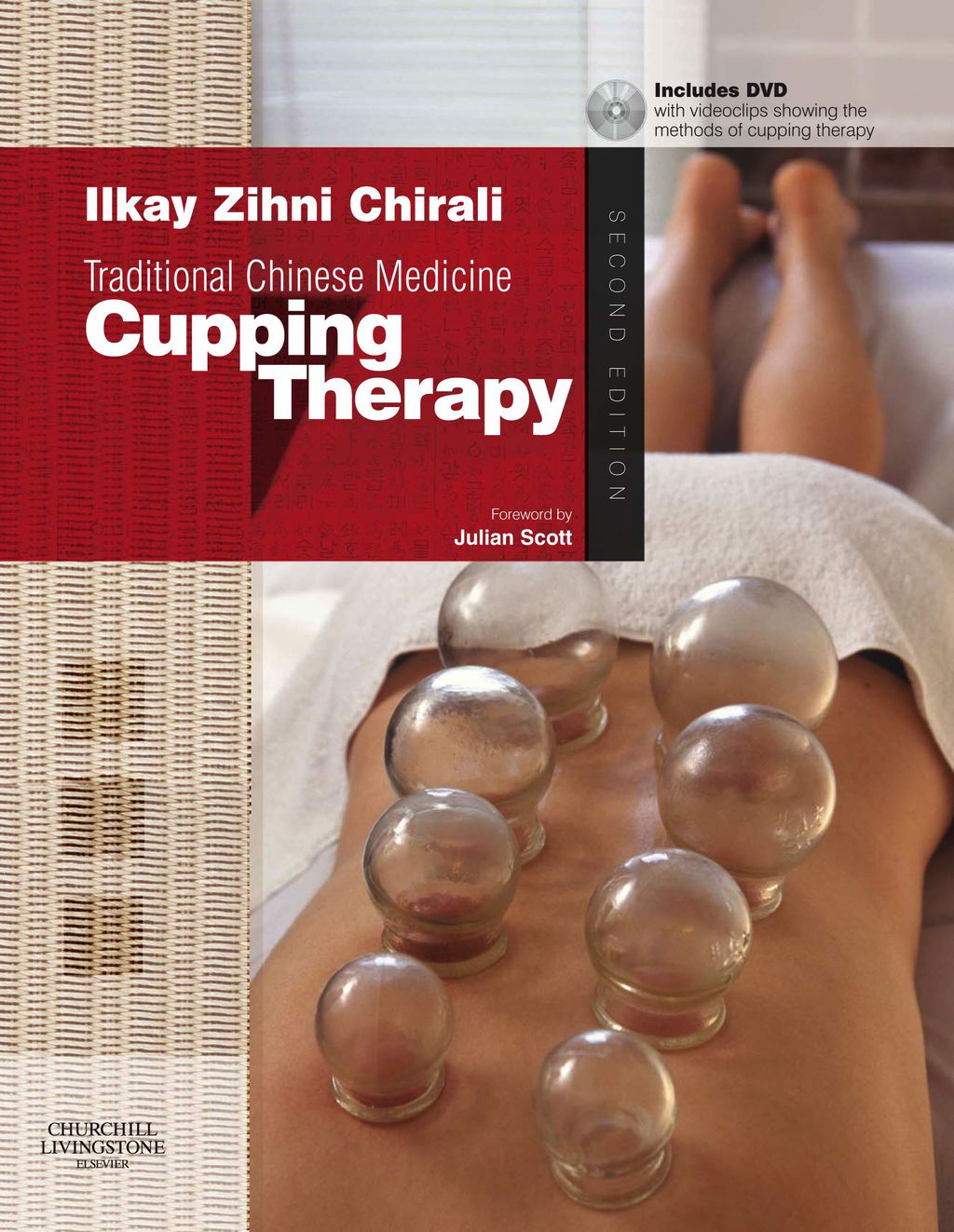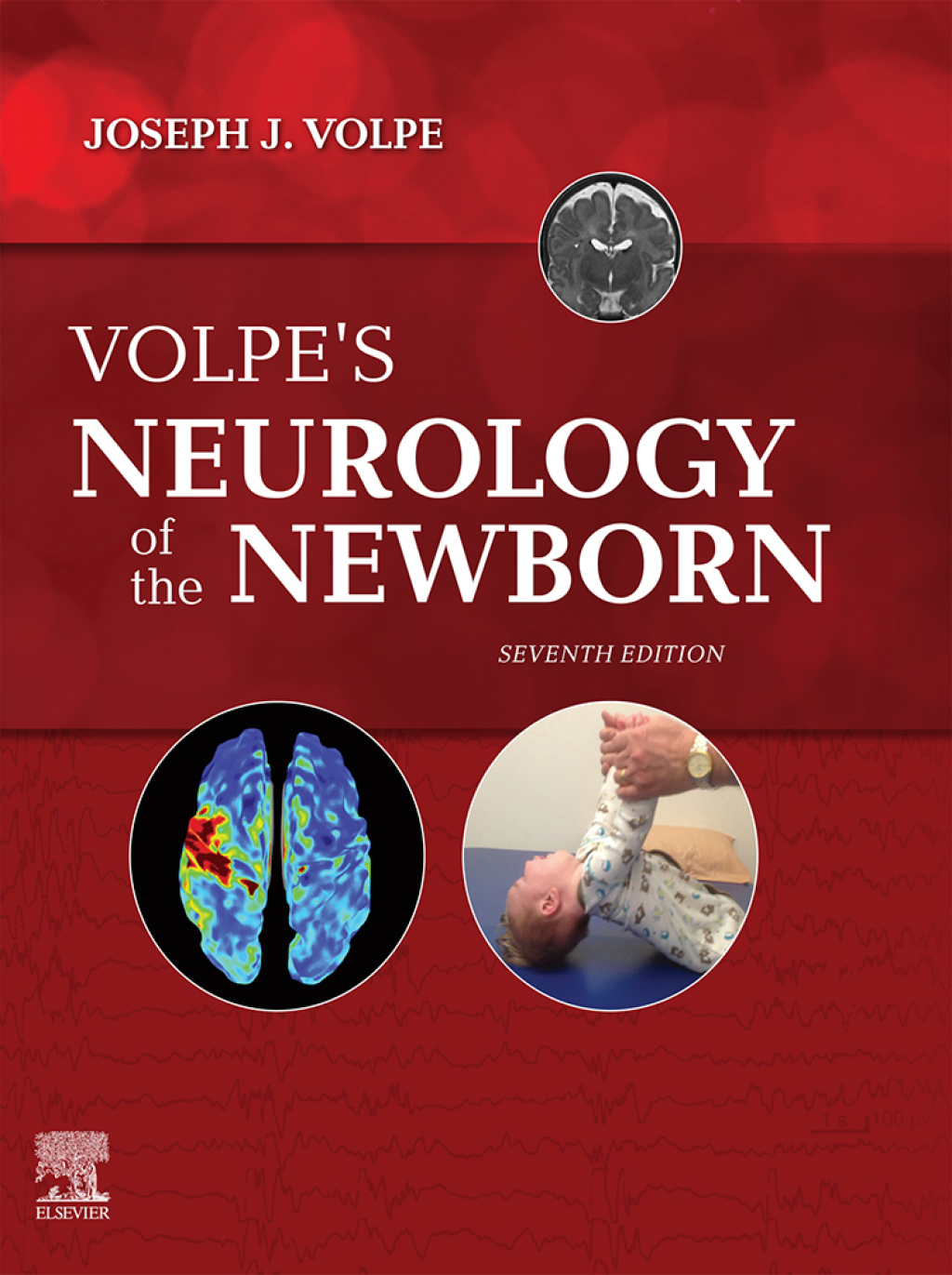Biotechnological methods are opening new ways in plant breeding. They allow novel strategies for improving crop productivity and quality, especially in the agrofood sector. The molecular mechanisms underlying these biotechnological approaches are presented here. Topics included are: pollen development, pollen tube growth, macrosporogenesis and fertilization and the effects of pesticides on sexual plant reproduction. Fertilization in higher plants is a complex process consisting of two events, the fusion of the egg with one sperm cell resulting in the diploid zygote, and the fusion of embryosac nuclei with another sperm cell, leading to a triploid endosperm. This “double fertilization” is preceded by the pollination process and a long lasting interaction between the dipoid pistil and the haploid pollen tube (progamic phase). Fertilization of flowering plants results in the formation of seeds and fruits, our basic food supply.
Fertilization in Higher Plants Molecular and Cytological Aspects 1st Edition
Author(s): M. Cresti; Alessandra Moscatelli; Giampiero Cai
Publisher: Springer
ISBN: 9783540648796
Edition: 1st Edition
$39,99
Delivery: This can be downloaded Immediately after purchasing.
Version: Only PDF Version.
Compatible Devices: Can be read on any device (Kindle, NOOK, Android/IOS devices, Windows, MAC)
Quality: High Quality. No missing contents. Printable
Recommended Software: Check here

